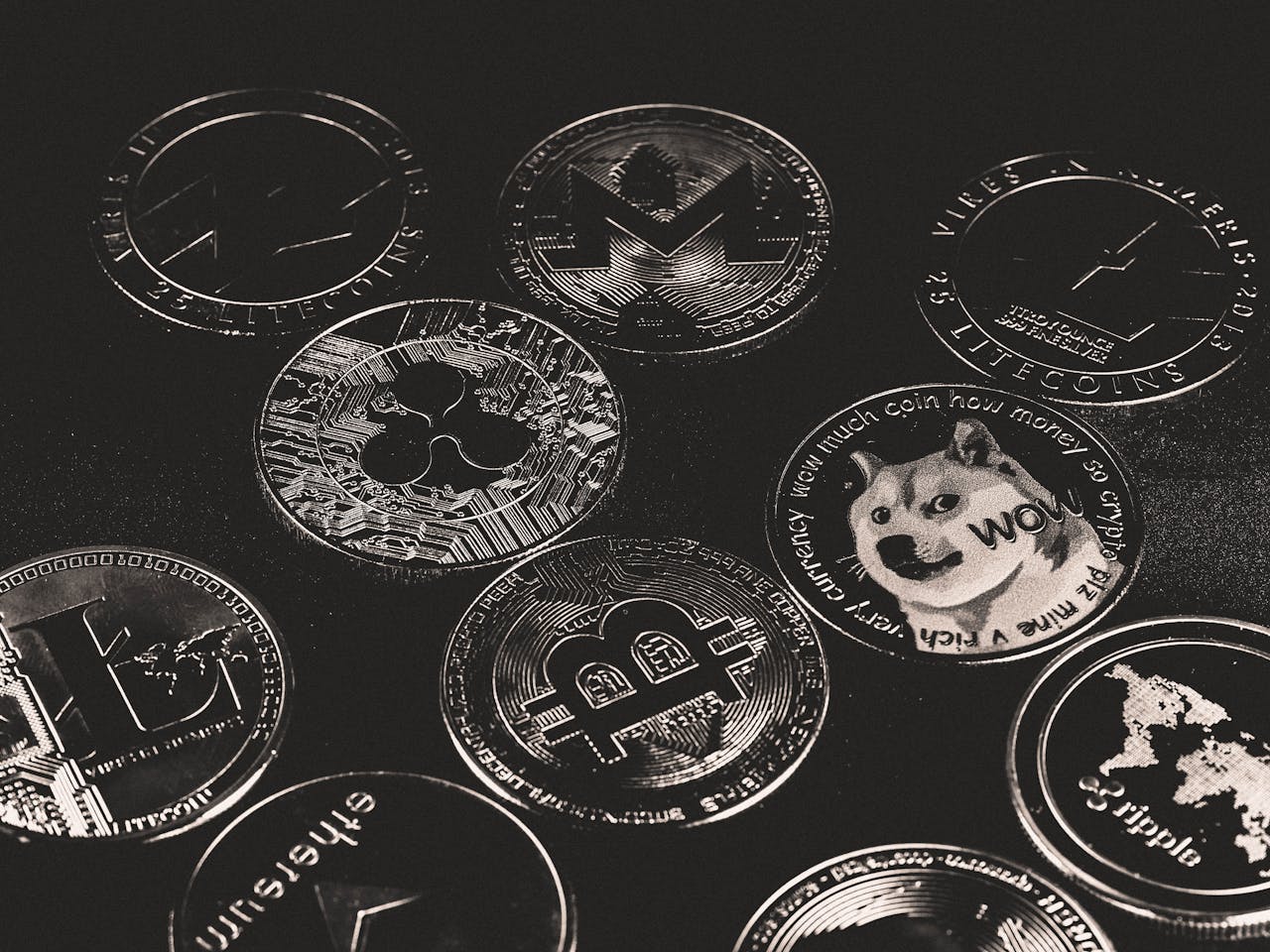Social sentiment across major cryptocurrencies has shifted sharply negative in recent days, according to analytics firm Santiment, as traders grow increasingly defensive while prices continue to slide. This type of broad fatigue typically surfaces near market inflection points rather than at the beginning of prolonged downtrends — a pattern that current on-chain and sentiment data appears to support.
Santiment reports that Bitcoin’s bullish-to-bearish ratio has flattened significantly, Ethereum sentiment is only slightly positive, and XRP has fallen to one of its most fear-driven sentiment levels of the year. Historically, when retail traders simultaneously turn bearish on multiple large-cap assets, the market tends to approach a capitulation phase that clears out weaker positions and sets the stage for stronger hands to re-enter.
On-chain metrics reinforce the possibility of a bottom forming. Bitcoin’s Net Unrealized Profit (NUP) ratio has fallen to 0.476 — a level that has previously aligned with short-term market bottoms followed by double-digit rebounds, including multiple instances in 2024. Meanwhile, overall crypto market capitalization has slipped toward $3.47 trillion, extending a month-long downtrend that has pressured traders across the board.
FxPro analyst Alex Kuptsikevich noted that while attempts to form a bottom are visible, each rally is still met with strong selling, reflecting a typical medium-term correction. Bitcoin’s recent retreat toward $98,000 triggered another wave of realized losses among wallets that accumulated near $110,000. Yet large buyers are stepping in: Strategy — one of the biggest public holders — added 487 BTC at an average of $102,557, increasing its total to 641,692 BTC.
Institutional confidence also remains firm. A recent Sygnum survey shows that 61% of institutions plan to boost crypto exposure heading into 2026 amid expectations of altcoin ETF approvals and evolving regulation. Ethereum exchange reserves have dropped to their lowest level since May 2024, signaling sustained accumulation.
Although retail sentiment is increasingly negative, falling exchange balances, long-liquidation clusters, and steady institutional inflows suggest that the groundwork for a reflexive rebound is forming — conditions that have often preceded sharp short-term reversals rather than deeper market capitulation.


























Comment 0